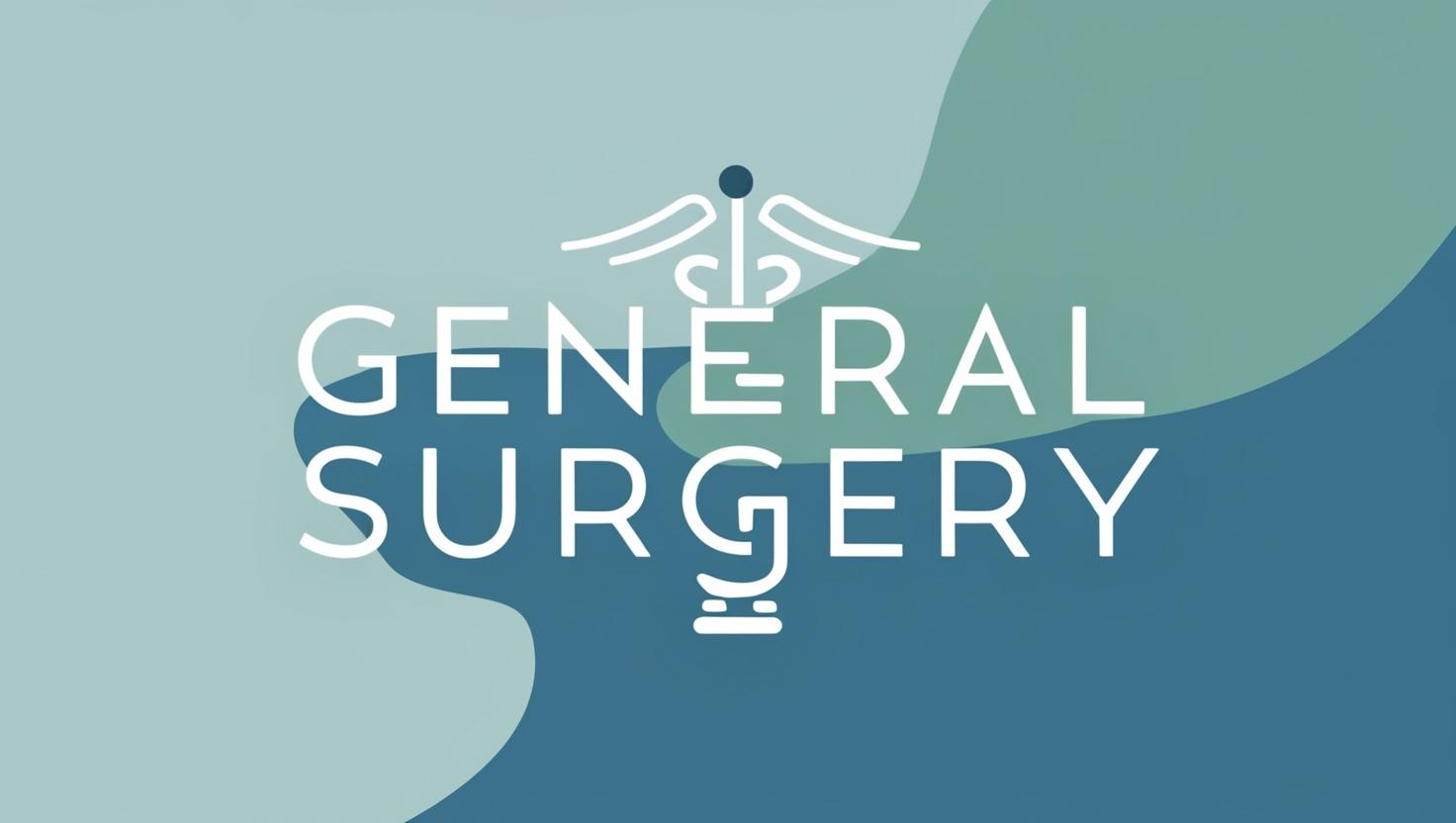Kidney Cancer Overview
Kidney cancer is the abnormal growth of cells within the kidney, forming a tumor. It starts with a genetic mutation in kidney cells that leads to uncontrolled growth, and as the cancer advances, it may spread (metastasize) to other organs, bones, or lymph nodes.
Who is Affected by Kidney Cancer?
- Age: Most commonly occurs in individuals aged 65 to 74 years.
- Gender: Men are twice as likely as women to develop kidney cancer.
- Childhood: Rare in children.
- Detection: Often found incidentally during imaging tests like ultrasound, MRI, or CT scans for unrelated reasons.
- Early Stages: Often asymptomatic, with symptoms appearing as the tumor grows.
Signs and Symptoms of Kidney Cancer
Symptoms can develop as the tumor affects surrounding tissues:
- Blood in the urine (hematuria)
- Pain or pressure in the side or lower back
- Lump or mass in the side or back
- Swelling in the ankles and legs
- High blood pressure (hypertension)
- Anemia (low red blood cell count)
- Fatigue (especially in advanced stages)
- Loss of appetite
- Unexplained weight loss
- Persistent fever (not caused by infections)
- Varicose-like veins around the testicles (particularly on the left side), which may indicate a large kidney tumor
Importance of Early Medical Consultation
It is essential to consult a doctor if any of the above symptoms occur. Early diagnosis is crucial for effective treatment. Once kidney cancer is diagnosed, palliative care (symptom management) becomes a key aspect of treatment, aiming to:
- Relieve symptoms
- Improve quality of life
- Provide support to patients and their families throughout treatment
Surgical Treatment of Kidney Cancer
Minimally Invasive Nephrectomy
- Unlike traditional open surgery, which requires a large incision, minimally invasive nephrectomies use smaller incisions and include laparoscopic or robotic surgery techniques:
- Laparoscopic surgery: Surgeons use specialized tools guided by a camera to view magnified images on a screen.
- Robot-assisted surgery: Utilizes the Da Vinci system, a high-tech robotic platform that offers enhanced precision and clearer imaging for the surgeon.
Da Vinci Technology in Robotic Kidney Surgery
The Da Vinci system offers several advantages for minimally invasive kidney surgery:
- 3D high-definition imagery: The system provides a magnified view of the surgical area, up to 10 times clearer than what the human eye can see.
- Real-time precision: The surgeon operates the robot from a console, and the robotic arms mimic the surgeon’s movements with greater range and precision than the human hand.
- Tremor-filtering: The system filters out hand tremors, enhancing the precision of movements.
Overall, robotic surgery provides a more precise, less invasive option for kidney tumor removal, leading to quicker recovery and better outcomes compared to traditional methods.
Robotic Partial Nephrectomy for Kidney Cancer
Robotic partial nephrectomy is a minimally invasive surgical procedure used to remove tumors from the kidney while preserving healthy kidney tissue. It offers several advantages over traditional open surgery, including:
- Preservation of kidney function: By removing only the tumor, rather than the entire kidney, the risk of kidney failure is reduced.
- Minimally invasive: Compared to open surgery, robotic partial nephrectomy results in better cosmetic outcomes, less pain, reduced blood loss, and shorter hospital stays while maintaining similar recovery rates.
- Faster recovery: Robotic surgery is less painful, leading to quicker recovery times.
However, in cases of larger tumors, radical nephrectomy (removal of the entire kidney) may be necessary, as partial nephrectomy might not be feasible.
Robotic Radical Nephrectomy
Robotic radical nephrectomy is a minimally invasive alternative to traditional open surgery for kidney cancer. Unlike conventional surgery, which requires a large incision, robotic surgery utilizes robotic arms to perform the procedure through small, millimeter-sized openings in the abdomen.
Advantages of Robotic Radical Nephrectomy
- Less pain: The minimally invasive approach results in less postoperative pain compared to traditional surgery.
- Reduced blood loss: The precision of robotic arms helps minimize blood loss during the procedure.
- Smaller incisions: The small incisions used in robotic surgery promote quicker healing and better cosmetic outcomes.
- Shorter hospital stay: Patients generally have a shorter recovery time in the hospital compared to traditional surgery.
- Faster recovery: The minimally invasive nature of robotic surgery leads to quicker recovery times, allowing patients to return to their normal activities sooner.
Overall, robotic radical nephrectomy provides a highly effective and less invasive option for kidney cancer treatment, offering patients significant benefits such as reduced pain, faster recovery, and smaller incisions.
Why Choose Health Tourism for Kidney Cancer Treatment?
Health tourism allows you to access top-tier medical care for kidney cancer treatment, offering a combination of advanced medical technology, world-class expertise, and high standards of care. Patients who travel abroad for treatment can benefit from:
• World-Class Hospitals: Access to internationally renowned hospitals with specialized kidney cancer centers.
• Leading Surgeons: Expert surgeons and oncologists with extensive experience in kidney cancer treatment.
• State-of-the-Art Technology: The latest technologies in robotic surgery, and diagnostic imaging.
• Affordable Treatment Options: High-quality care at a fraction of the cost compared to other countries.
• Comprehensive Care: From initial consultation to post-operative follow-up, a holistic care plan designed to ensure the best possible outcome.





